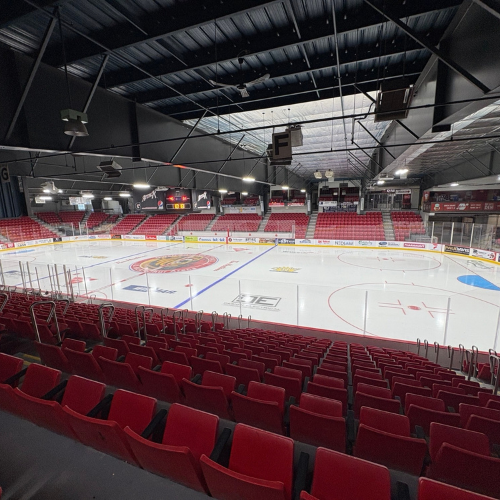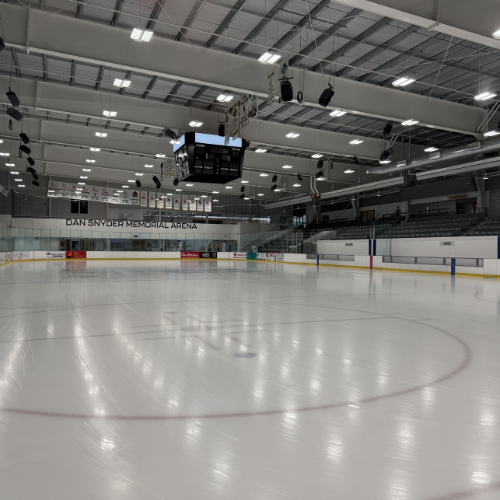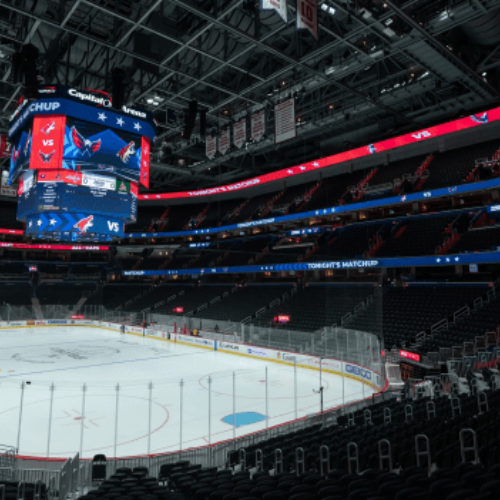
This guide features successful installations of CO2 and ammonia ice rinks, as well as the history of natural refrigerants in ice arenas, the basics of using natural refrigerants, the efficiency advantages of natural refrigerants, regulations impacting these refrigerants and the environmental and health impact of HFO blend refrigerants. It explains why refrigeration systems using a natural refrigerant – CO2 or ammonia – are a better long-term choice from a business and environmental perspective than a system using an HFO blend like R513A or R449A.
Related posts

Bayshore Community Center
Game-Ready and Future-Focused: How Bayshore’s Ice Upgrade is Powering Community Events
Read more

Woolwich Memorial Centre Achieves Energy Excellence with CIMCO’s Eco Chill
Eco Chill System - CIMCO's innovative Eco Chill refrigeration system provides high efficiency, up to 100% waste heat recovery, and operational peace of mind
Read more

Washington Capitals Install New CO2 System
Explore the new CO₂ system replacing the 30-year-old ice plant at Capital One Arena, plus a look at the advanced IQ Elite system for precision ice monitoring.
Read more

